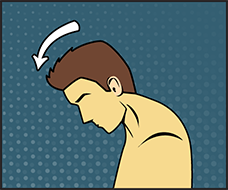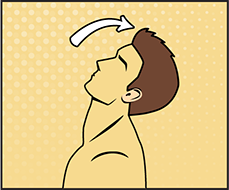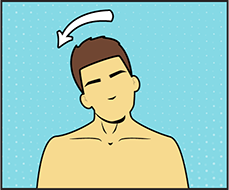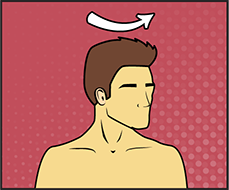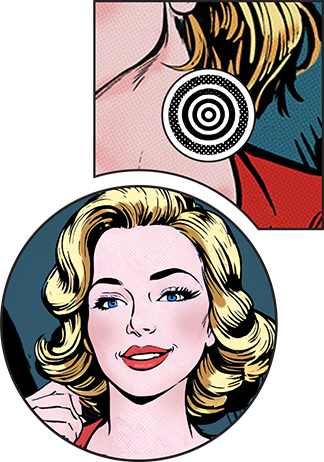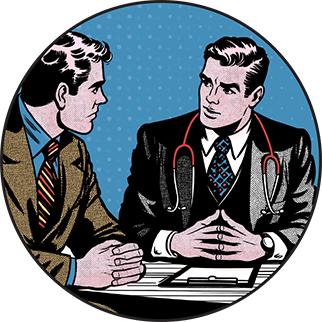There are many common and non-serious reasons for neck pain, uncomfortable head and neck posture or neck spasms. However, one possibility is a condition known as cervical (or, neck-focused) dystonia (meaning unwilling muscle contractions), that requires specialist diagnosis and treatment. If you have neck pain and your head or neck pulls or tilts into uncomfortable postures, there is a possibility that something more is at play.
 If you have neck pain that is significantly affecting your life, talk to your doctor.
If you have neck pain that is significantly affecting your life, talk to your doctor.If your neck is stiff, and you also have a fever and/or other symptoms such as headache, nausea/vomiting, and increased sensitivity to sound or light, please seek immediate medical attention.
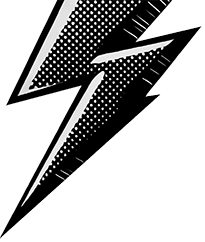
Cervical dystonia meaning
Cervical dystonia (also known as spasmodic torticollis or neck dystonia) is a painful condition in which the neck muscles tighten unwillingly or spasm, causing the neck to pull or tilt into uncomfortable postures. This can make simple daily activities difficult and can have a significant impact on a person’s quality of life and ability to work.
Cervical dystonia can occur at any time; however, it most commonly comes up when a person is aged 40-60 years. It can vary from person to person, with symptoms ranging from mild to severe, and occurs more frequently in women than in men.

Cervical dystonia symptoms
Cervical dystonia symptoms vary from person to person.
Symptoms usually begin gradually and worsen, before reaching a point where they even out. Symptoms may worsen as the day progresses, with stress or excitement, or in certain positions.
These symptoms can significantly impact many aspects of people’s lives, causing problems with swallowing, speaking, vision and socialising.
 If your neck and posture symptoms are stopping you doing the things you love, talk to your doctor.
If your neck and posture symptoms are stopping you doing the things you love, talk to your doctor.Cervical dystonia causes
Cervical dystonia is a neurological disorder. In most cases, the cause is unknown. Other times it may result from another disorder, injury or medications.
The underlying cause of the symptoms is not fully understood. It is thought to be a disruption in brain chemistry within a part of the brain that controls muscle contractions.
There are also some genes associated with cervical dystonia and some people have a family history of it.
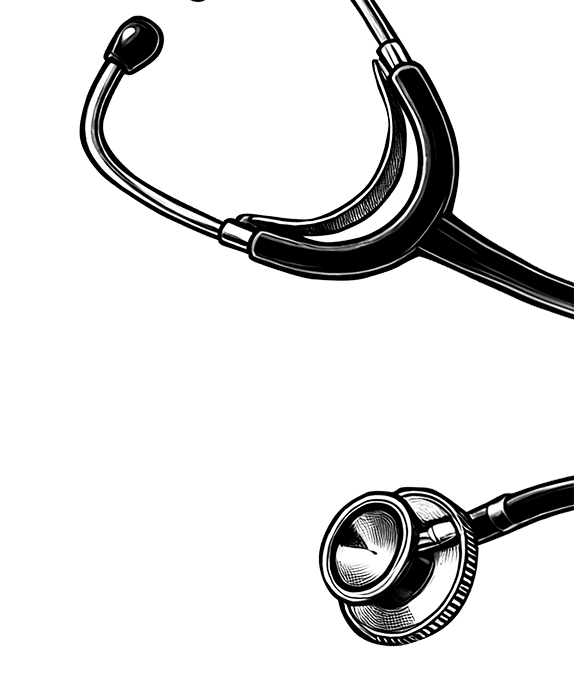
Cervical dystonia diagnosis
Given the complex nature of the condition, a diagnosis of cervical dystonia is usually made by a movement disorder specialist or neurologist. To be assessed by a specialist, you may need a referral from your GP.
To make a diagnosis, a doctor will assess their patient’s clinical symptoms, undertake a physical examination, and investigate their patient’s health history. They may also request blood tests or scans like an MRI to rule out other conditions that may be contributing to the symptoms.
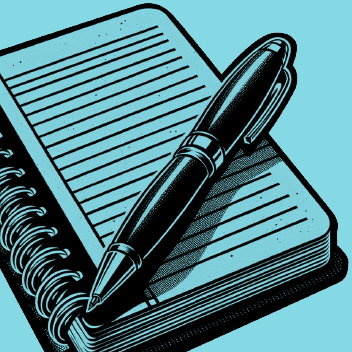
 If you think you might be suffering from cervical dystonia, speak to your GP for a referral to a movement disorder specialist.
If you think you might be suffering from cervical dystonia, speak to your GP for a referral to a movement disorder specialist.It can take as long as 7 years to receive a cervical dystonia diagnosis.1 Many people remain undiagnosed or misdiagnosed, and as a result, their symptoms are not properly managed. A discussion with a GP is the first step in understanding if cervical dystonia may be the cause of your neck symptoms.
Management of cervical dystonia
Cervical dystonia management focuses on reducing neck symptoms and pain.
A GP may recommend cervical dystonia exercises, cervical dystonia massage or heat packs. If your symptoms are complex, cervical dystonia treatments, that can only be prescribed by a specialised doctor, may be helpful and could include specialised physiotherapy, medications, procedures or surgery.
You may respond better to some treatment approaches than others. A trial of several therapies or combinations of therapies may be appropriate to find what works for you. Your GP and specialist can guide you through your options and suggest changes in approach if your symptoms change.
Once you have an effective management plan, ongoing care is usually needed to maintain improvements.
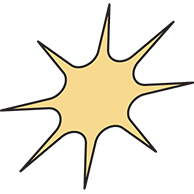
Cervical dystonia often requires specialist assessment. Speak to your GP to see if you need a referral to a specialist.
Support for people living with cervical dystonia
Managing cervical dystonia can be challenging. Start by speaking with your doctor to get the information and advice that is right for you.
Additionally, you might be interested in connecting with the Dystonia Network of Australia (DNA). DNA may be able to:
- Connect you with others who share similar experiences.
- Provide useful tips and tricks for navigating the health system.
- Update you on the latest dystonia news and research information.
For more information, visit dystonia.org.au


